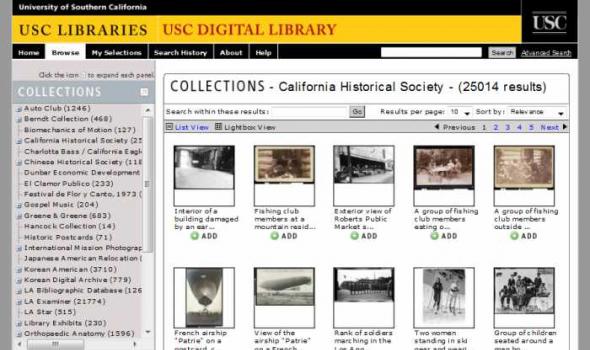Execution
Just as programs are sold at sporting events today, broadsides -- styled at the time as "Last Dying Speeches" or "Bloody Murders" -- were sold to the audiences that gathered to witness public executions in eighteenth- and nineteenth-century Britain. These ephemeral publications were intended for the middle or lower classes, and most sold for a penny or less. Published in British towns and cities by printers who specialized in this type of street literature, a typical example features an illustration (usually of the criminal, the crime scene, or the execution); an account of the crime and (sometimes) the trial; and the purported confession of the criminal, often cautioning the reader in doggerel verse to avoid the fate awaiting the perpetrator.
At 2am on Wednesday 8 February 1587, Mary Queen of Scots picked up her pen for the last time. Her execution on the block at Fotheringhay Castle was a mere six hours away when she wrote this letter. It is addressed to Henri III of France, brother of her first husband.
As well as the English translation, Mary's last written words are available here in a French transcription. You can also read the historical background to this letter.
The letter is part of the National Library of Scotland's manuscript collections. (NLS reference: Adv.MS.54.1.1)
Shown here is an image of Mary shortly after her marriage in 1558. With her is her husband, Francois. As eldest son of the French King, he took the title of Dauphin (or 'Dolphin') of France. He became king in 1559.
History of Medicine EVER SINCE THE INVENTION OF moveable type in the mid-1400s, the public’s appetite for tales of shocking murders —“true crime” —has been an enduring aspect of the market for printed material. For more than five centuries, murder pamphlets have been hawked on street corners, town squares, taverns, coffeehouses, news stands, and book shops. Typically, a local printer would put together a pamphlet that claimed to be a true account of a murder, consisting of a narrative, trial transcript, and/or written confession of the murderer before his or her execution. 13 September 2010
The John Johnson Collection About Introduction The John Johnson Collection is the product of a unique partnership between the Bodleian Library and ProQuest to conserve, catalogue and digitise more than 65,000 items drawn from the Bodleian's John Johnson Collection of Printed Ephemera. The project, which has been funded by the Joint Information Systems Committee (JISC) through its Digitisation Programme , broadens access to a wide array of rare or unique archival materials documenting various aspects of everyday life in Britain in the eighteenth, nineteenth and early twentieth centuries.


















